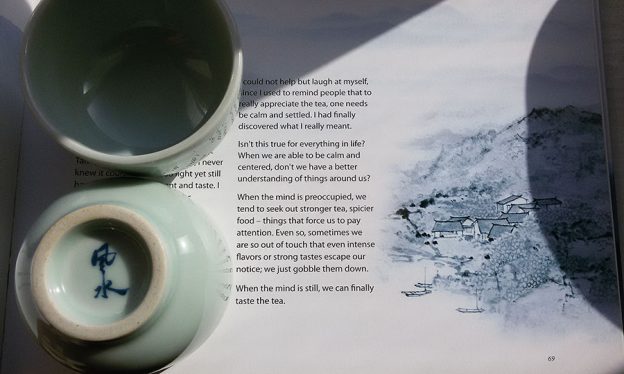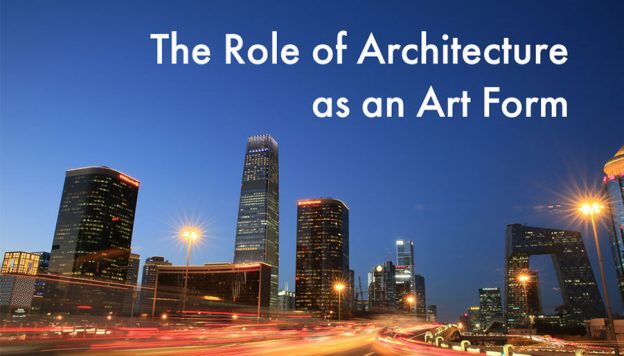How did Blue Mountain Institute get its name?
Blue Mountain is one of the 10 most sacred centers of Taoism. It is in Sichuan province. There are many temples on the Blue Mountain. One of top Taoist temples is also there. I’ve been there many times, I have a kind of special connection. So, I used the name Blue Mountain.
Chinese name of the mountain actually is Qingcheng. Qing (青) means green as well as blue. Cheng (城) – city, or temple. Because it is all green. So, I translated it as Blue Mountain, because the word Qingcheng does not make sense on the West.
I had many deep experiences on the Blue Mountain. About one of them I wrote in my book The Medicine Box, in the last few chapters. In that times there were no tourists on the Mountain. But now it is very busy.
I had many trips and experiences there. Once I decided I should go to Blue Mountain and learn something, what time this teaching should be spread to the West. So, me and professor Chung, my very good friend. He is a psychic, he can do automatic writing.
We wanted to find a hermit, find a master on the mountain. But we didn’t find a master. But we did learn something. Very interesting experience.
When we were leaving the mountain I thought “Gosh, I did not learn anything! We did not see a hermit.” There are many Taoism temples there and many Taoists. But when we asked there, they answered “We do not have such a person”.
Later when we went to Shanghai we visited some temples, and from my experience in Shanghai I realized that I did learn something. It is not like verbal or written learning.
After visiting Blue Mountain I decided to give the name Blue Mountain to our institute. The Institute was established in 1989. Even today there are a lot of Taoist master on the Blue Mountain.










